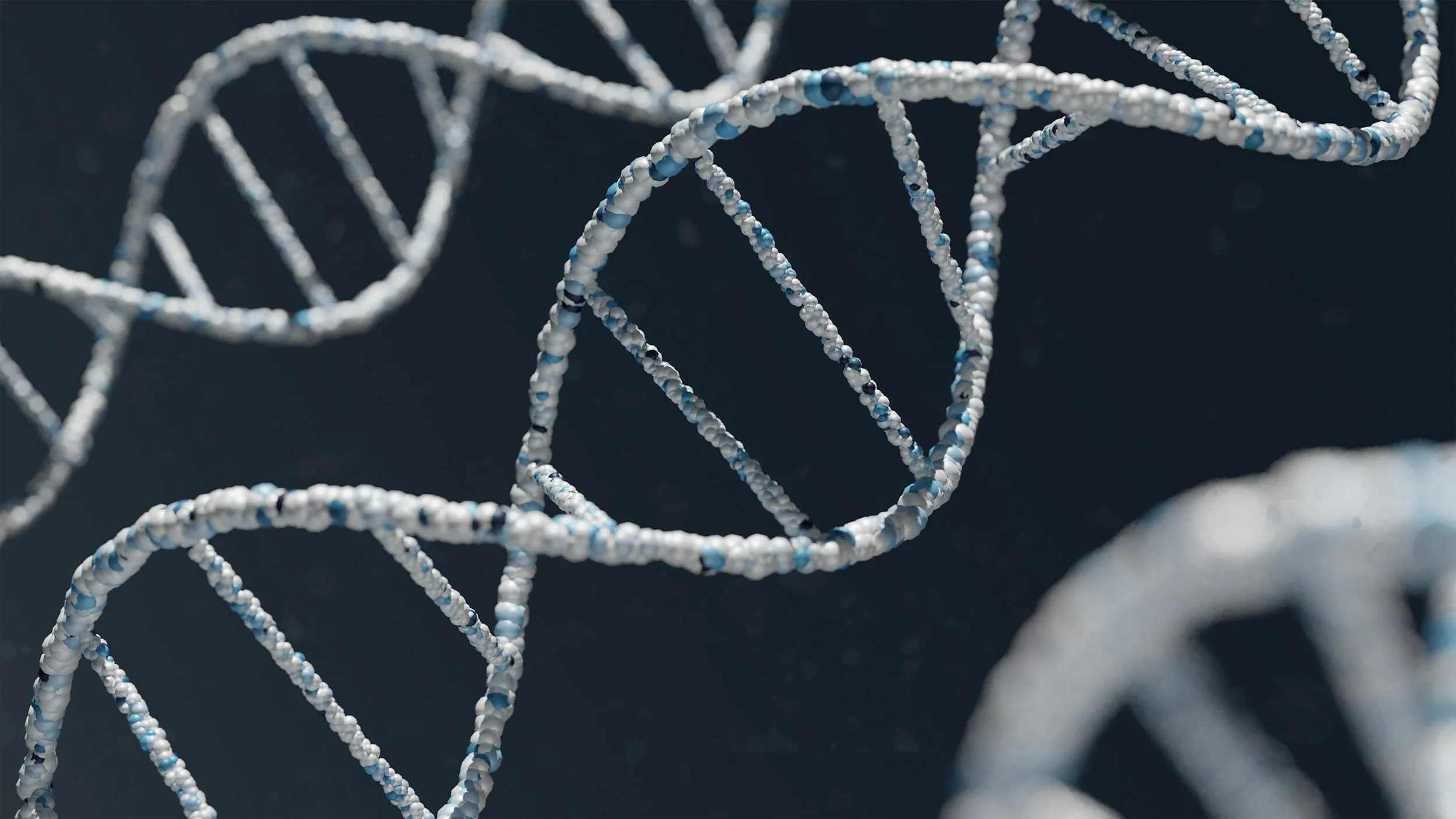
Research
Systematic Review Confirms Photobiomodulation Therapy Effectiveness for Fibromyalgia
A comprehensive systematic review published in Applied Sciences in 2025 analyzed 17 studies to evaluate the effectiveness of photobiomodulation therapy (PBMT) in managing fibromyalgia syndrome. The review examined multiple PBMT approaches, including localized treatments targeting specific areas and whole-body systems, using various wavelengths from 600-1100 nm. The analysis revealed significant improvements across multiple outcomes, with pain showing consistent reductions across studies and quality of life demonstrating moderate-to-strong improvements in patient daily activities and overall well-being. The review found that whole-body PBMT provided more comprehensive and sustained benefits compared to localized treatments, with evidence supporting its effects on mitochondrial function, cellular energy production, and inflammatory pathways. The research established PBMT as a safe, non-invasive intervention with moderate-to-strong certainty of evidence, supporting its integration as a complementary therapeutic approach for fibromyalgia management without the side effects associated with pharmacological treatments.
Clinical Evidence for 1072nm Near-Infrared Light Therapy
A randomized, double-blind, placebo-controlled clinical trial published in the Journal of Cosmetic and Laser Therapy demonstrated the anti-aging efficacy of 1072nm near-infrared light therapy. The study followed participants who received daily treatments for 6-8 weeks, focusing on fine lines, wrinkles, and under-eye bags. Results showed that 52-57% of volunteers accurately identified improvements in fine lines and wrinkles in treated areas, while 37-46% observed improvements in under-eye bags, with statistically significant results. This research builds on previous laboratory findings that showed 1072nm light provides protective effects against UV damage in human lymphocytes, suggesting this wavelength may help prevent and reverse skin aging accelerated by ultraviolet exposure through non-thermal photobiomodulation mechanisms.
Comprehensive Review on Photobiomodulation in Dermatology
A comprehensive 2024 review published in the International Journal of Molecular Sciences examined the mechanisms and clinical applications of photobiomodulation (PBM) across dermatology. The review analyzed multiple wavelengths and applications, finding that PBM has demonstrated efficacious outcomes in the management of non-healing wounds, scars, ulcers, musculoskeletal disorders, persistent pain, analgesia, and immunological regulation on Photobiomodulation. For skin rejuvenation, the research showed that red light (RL) has shown improvement in wrinkles and signs of photodamage when applied alone in repeated sessions, with histological evidence of decreased aging damage, increased type I collagen, and slight decrease in metalloproteinases. The review emphasized that the combination of RL and NIR was evaluated, and a significant improvement in wrinkles, smoothness, and skin firmness was observed with clinical trials consistently reporting PBM as a safe, non-thermal treatment with no side effects across various dermatological conditions.
Ozone therapy: an overview of pharmacodynamics, current research, and clinical utility
This comprehensive review highlights the therapeutic potential of ozone (O₃) therapy, which induces controlled oxidative stress to stimulate antioxidant defenses, enhance oxygen delivery, and modulate the immune response. Ozone therapy has demonstrated benefits across a wide range of systems, including cardiovascular, neurological, musculoskeletal, gastrointestinal, and immune function. Various administration routes-such as autohemotherapy, insufflation, and topical application-allow for targeted treatment, though lung inhalation remains contraindicated due to toxicity.
The role of ozone treatment as integrative medicine. An evidence and gap map
This evidence gap map reviewed 26 systematic reviews on ozone therapy across 55 health outcomes and found the strongest evidence for pain reduction, inflammation control, wound healing, and improved quality of life. The most effective and studied method was parenteral ozone-oxygen gas mixtures, though topical and systemic routes also showed positive results. Most studies reported positive or potentially positive effects with minimal adverse events. Overall, ozone therapy appears to be a low-cost, safe, and promising integrative treatment option across various clinical conditions.
Molecular hydrogen in health and disease: a comprehensive review of recent evidence
This systematic review analyzes the therapeutic potential of molecular hydrogen (H₂) as a selective antioxidant and anti-inflammatory agent across multiple organ systems. The research demonstrates hydrogen's unique ability to selectively neutralize cytotoxic free radicals (hydroxyl radicals and peroxynitrite) while preserving beneficial reactive oxygen species essential for cellular signaling. Clinical evidence supports hydrogen therapy's efficacy in cardiovascular protection, neuroprotection, metabolic disorders, and exercise recovery. Multiple delivery methods including hydrogen-rich water, inhalation therapy, and hydrogen-generating supplements provide flexible therapeutic options, with all administration routes showing excellent safety profiles and no reported serious adverse effects in clinical trials.
